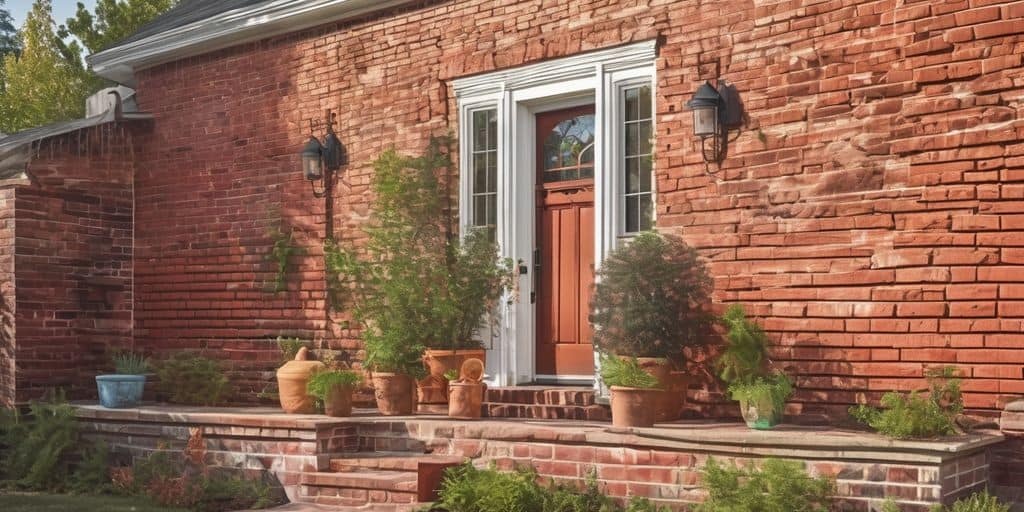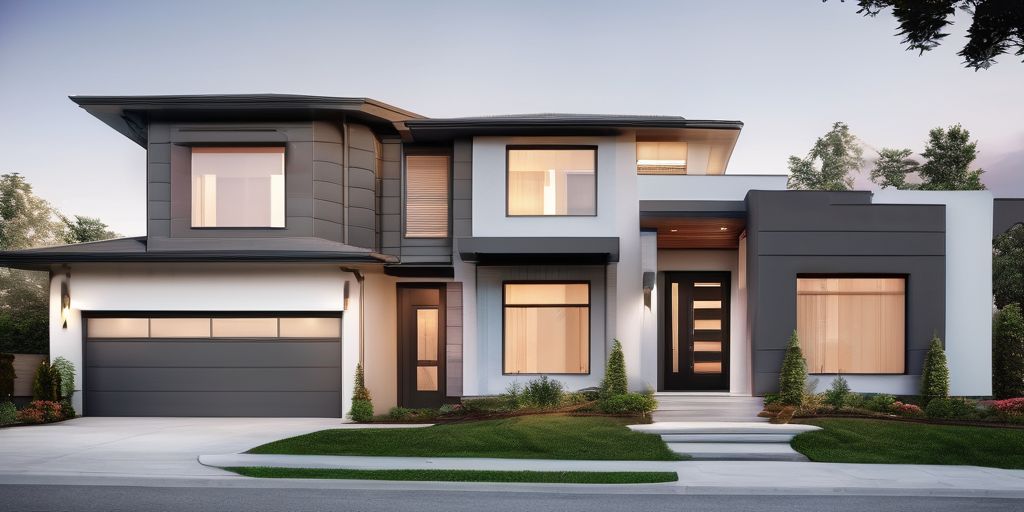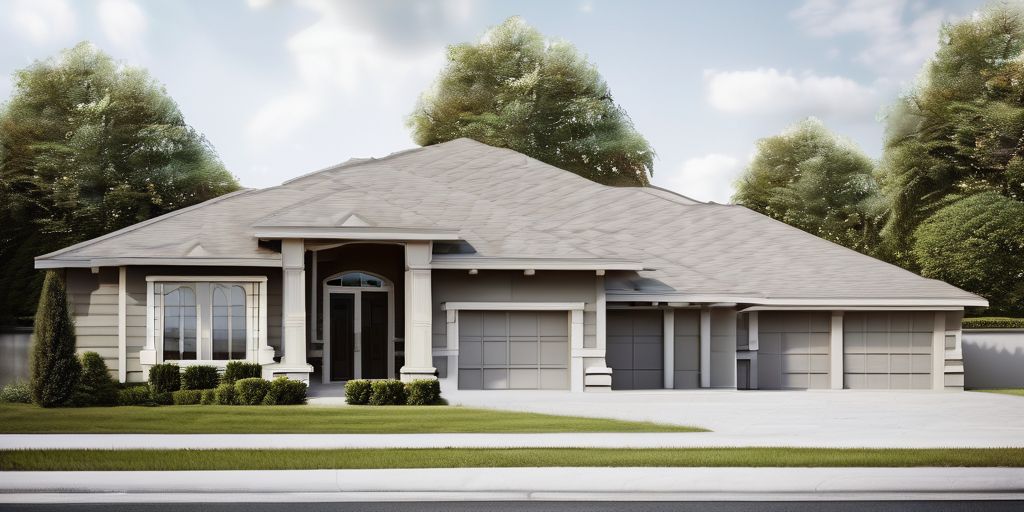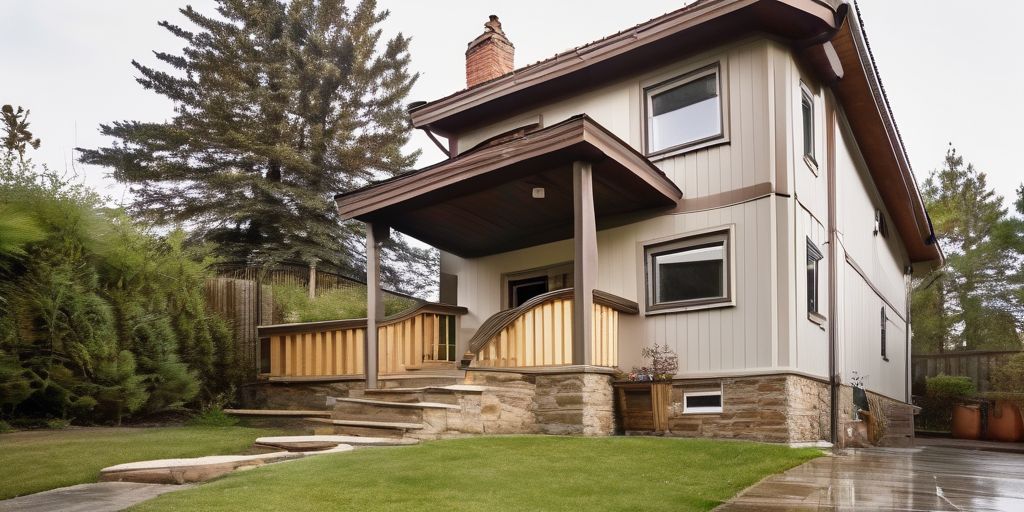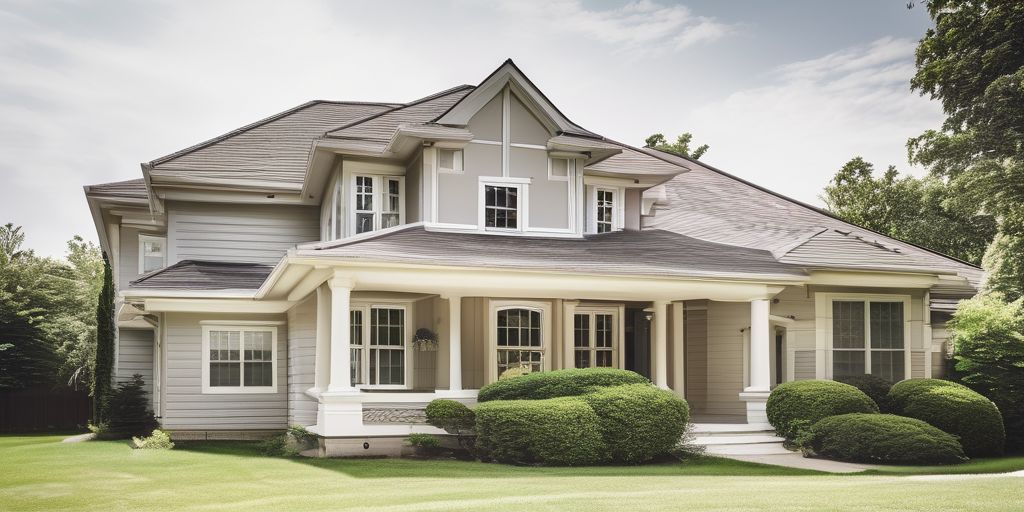Brick painting is an intricate art that goes beyond mere aesthetics, especially in Burlington. The type of mortar used can significantly impact the longevity, appearance, and overall success of brick painting projects. This article delves into the various types of mortar available, how they affect brick painting, and offers practical tips for selecting the best paint and preparation techniques. By understanding these factors, homeowners and professionals alike can ensure their brickwork remains beautiful and resilient for years to come.
Key Takeaways
- Different types of mortar, such as lime, cement, and hybrid varieties, have unique characteristics that influence brick painting outcomes.
- The type of mortar used can affect paint adhesion, color consistency, and weather resistance of painted brick surfaces.
- Selecting the right paint, such as acrylic latex or silicate paints, is crucial for compatibility with the chosen mortar.
- Proper surface preparation, including cleaning, repairing, and priming, is essential for a successful brick painting project.
- Local climate conditions in Burlington, including temperature and humidity, must be considered to ensure the durability of painted brickwork.
Understanding Different Mortar Types
Lime Mortar Characteristics
Lime mortar has been used for centuries and is known for its flexibility and breathability. This type of mortar is particularly suitable for older buildings as it allows for slight movements without cracking. Lime mortar is also more environmentally friendly compared to other types. However, it is not as strong as cement mortar, which can be a drawback in some applications.
Cement Mortar Benefits
Cement mortar is widely used due to its strength and durability. It sets quickly and provides a robust bond between bricks. This type of mortar is ideal for modern constructions where structural integrity is paramount. However, it is less flexible than lime mortar, which can lead to cracks over time. Cement mortar is also less breathable, which can trap moisture and cause issues in certain climates.
Hybrid Mortar Options
Hybrid mortars combine the best of both lime and cement mortars. They offer a balance of strength and flexibility, making them suitable for a variety of applications. These mortars are often used in restoration projects where both durability and breathability are important. In Burlington, where preserving architectural heritage is crucial, hybrid mortars can be an excellent choice.
Understanding the influences of mortar types on brick painting can help you make informed decisions for your projects. Whether you’re dealing with an older building or a new construction, the right mortar can make a significant difference.
How Mortar Affects Brick Painting
Impact on Paint Adhesion
The type of mortar used in brickwork can significantly influence paint adhesion. Lime mortar, for instance, is more porous and can absorb paint differently compared to cement mortar. This can lead to variations in how well the paint sticks to the surface. When evaluating sheen options in painted brick homes across Burlington, it’s crucial to consider the type of mortar to ensure the paint finish is both durable and visually appealing.
Influence on Color Consistency
Mortar color and texture can affect the overall color consistency of painted brick surfaces. Cement mortar tends to provide a more uniform base, while lime mortar might result in subtle color variations. These differences can be particularly noticeable in large brick surfaces, impacting the final aesthetic. For those aiming for a consistent look, hybrid mortar options might offer a balanced solution.
Role in Weather Resistance
The choice of mortar also plays a role in the weather resistance of painted brickwork. Cement mortar is known for its durability and ability to withstand harsh weather conditions, making it a popular choice in areas with extreme weather. On the other hand, lime mortar offers better breathability, which can be beneficial in preventing moisture buildup and related issues. In Burlington, where weather can be quite variable, selecting the right mortar is essential for maintaining the longevity of painted brick surfaces.
It’s important to note that different brick types and the condition of the mortar can influence the final look of the paint job. For instance, a highly porous brick may absorb more paint, requiring additional coats for even coverage.
Choosing the Best Paint for Your Mortar
Selecting the right paint for your mortar is essential for achieving a lasting and visually appealing finish. Different types of paints offer various benefits, and understanding these can help you make an informed decision.
Acrylic Latex Paints
Acrylic latex paints are a popular choice for brick painting due to their durability and ease of application. They provide excellent coverage and are resistant to cracking and peeling. Acrylic latex paints are also breathable, allowing moisture to escape from the brick, which helps in preventing damage over time.
Silicate Paints
Silicate paints are known for their long-lasting finish and strong adhesion to mineral surfaces like brick and mortar. These paints form a chemical bond with the substrate, making them highly durable and weather-resistant. Silicate paints are also eco-friendly, as they contain natural minerals and are free from harmful chemicals.
Eco-Friendly Paint Choices
For those looking to minimize their environmental impact, eco-friendly paint options are available. These paints are made from natural ingredients and have low or zero VOC (volatile organic compounds) levels. They are safe for both the environment and your health, making them an excellent choice for sustainable living.
When choosing the best paint for your mortar, consider factors like durability, breathability, and environmental impact. Proper selection can significantly enhance the longevity and appearance of your brickwork.
By understanding the different types of paints available, you can make an informed decision that will help in achieving lasting quality in brick painting in Burlington.
Preparation Tips for Brick Painting
Cleaning and Surface Preparation
When it comes to painting your brick, preparation is key. A clean, primed surface will allow the paint to adhere properly and last longer. Here are some essential steps:
- Ensure the brick surface is clean and free of debris.
- Check for any damage or irregularities that may affect paint adhesion.
- Use appropriate cleaning agents to remove any mold, moss, or stains.
Mortar Repair and Maintenance
Before painting, it’s crucial to address any mortar issues. This includes:
- Inspecting the mortar for cracks or gaps.
- Repointing damaged mortar joints to ensure a smooth surface.
- Allowing sufficient time for repairs to dry before painting.
Priming Techniques
Selecting the right primer is essential for a successful paint job. Follow these steps:
- Choose a primer compatible with both the brick substrate and the chosen paint.
- Apply the primer evenly across the surface.
- Allow the primer to dry completely before proceeding with painting.
Remember, patience and attention to detail during the preparation phase can significantly impact the final outcome. By following these steps, you’re not just painting; you’re enhancing the aesthetics and protection of your property.
Weather Considerations for Brick Painting in Burlington
When painting brick exteriors in Burlington, it’s essential to consider the local weather conditions to ensure a durable and visually appealing finish. Exterior painter projects in this area must adapt to the unique climate challenges for long-lasting results.
Preserving Burlington’s Architectural Heritage
Historical Significance of Brickwork
Burlington’s architectural heritage is deeply rooted in its historic brickwork. The unique character of these buildings is a testament to the city’s rich history. Preserving these structures involves understanding the materials and techniques originally used. This includes:
- Recognizing the types of bricks and mortar historically employed
- Addressing moisture issues in painting brick houses in Hamilton emphasizes heritage preservation
- Choosing quality masonry paint that complements the historical context
Restoration Techniques
Effective restoration techniques are essential for maintaining the integrity of Burlington’s historic buildings. These methods should balance modern functionality with historical accuracy. Key considerations include:
- Using lime mortar benefits for maintaining historic integrity
- Ensuring that any new materials match the original as closely as possible
- Employing skilled craftsmen who understand traditional building methods
While modern interventions are necessary, they must be approached with sensitivity to maintain the character that defines Burlington’s heritage.
Community Involvement in Preservation
Community efforts play a crucial role in preserving Burlington’s architectural heritage. Local initiatives and collaborations can significantly enhance the longevity and visual appeal of historic buildings. Important aspects include:
- Encouraging community participation in preservation projects
- Balancing aesthetics and durability for historic architecture
- Promoting awareness about the importance of heritage conservation
Preserving Burlington’s architectural heritage is a collective effort that requires both professional expertise and community collaboration. By working together, we can ensure that these historic structures continue to be a source of pride and beauty for future generations.
Innovative Brick Painting Techniques
Stone Effect Paints
Stone effect paints can significantly enhance the textural depth and authenticity of brick surfaces. These paints mimic the natural variations found in stone, providing a sophisticated and timeless look. Common options include:
- Simply Stone
- Stone Flecks
Textured Finishes
Textured finishes add a unique dimension to brick painting projects. By using layering techniques, you can achieve a faux brick appearance that closely resembles natural brickwork. This method is particularly effective for creating a rustic charm or a modern, industrial look.
Modern Design Trends
Modern design trends in brick painting often focus on minimalism and bold color choices. Techniques such as whitewashing can brighten the facade while maintaining the brick’s original character. Additionally, selecting the right paint is crucial for achieving the desired look and ensuring durability.
The key to a successful brick painting project lies in the preparation of the brick surface and the careful application of paint.
Discover the latest in innovative brick painting techniques that can transform your home’s exterior. Our expert team specializes in providing top-notch services that breathe new life into your property. Don’t miss out on the opportunity to enhance your home’s curb appeal. Visit our website to learn more and book your free estimate today!
Conclusion
In conclusion, the variety of mortar used in brick painting plays a crucial role in the overall aesthetic and longevity of painted brick homes in Burlington. By understanding the unique properties of different mortar types and their interaction with various paints, homeowners and professionals can achieve stunning and durable results. Regular maintenance and careful selection of materials ensure that the charm and character of Burlington’s brick architecture are preserved for years to come. Whether you are restoring a historic building or adding a fresh coat to a modern home, the right combination of mortar and paint can make all the difference.
Frequently Asked Questions
What types of mortar are commonly used in brick painting?
The most common types of mortar used in brick painting are lime mortar, cement mortar, and hybrid mortar. Each type has its own characteristics and benefits that can affect the outcome of the painting project.
How does the type of mortar affect paint adhesion on bricks?
The type of mortar can significantly influence paint adhesion. For example, lime mortar is more porous and can absorb paint differently compared to cement mortar, which is denser. Proper preparation and choosing the right type of paint can mitigate these effects.
What kind of paint is best for brick surfaces with different mortar types?
Acrylic latex paints, silicate paints, and eco-friendly paint choices are all good options. The best choice depends on the type of mortar and the specific requirements of the project, such as durability and color consistency.
How should I prepare my brick surface before painting?
Preparation involves cleaning the brick surface, repairing any damaged mortar, and applying a suitable primer. Proper surface preparation ensures better paint adhesion and a more durable finish.
What weather conditions are ideal for brick painting in Burlington?
Ideal weather conditions for brick painting in Burlington include moderate temperatures and low humidity. It’s best to avoid painting during extreme temperatures or high humidity to ensure the paint adheres properly and dries evenly.
How can I preserve the historical significance of brickwork while painting?
Preserving historical brickwork involves using appropriate restoration techniques, choosing paints that match the original appearance, and engaging the community in preservation efforts. It’s important to respect the architectural heritage while making any updates.

